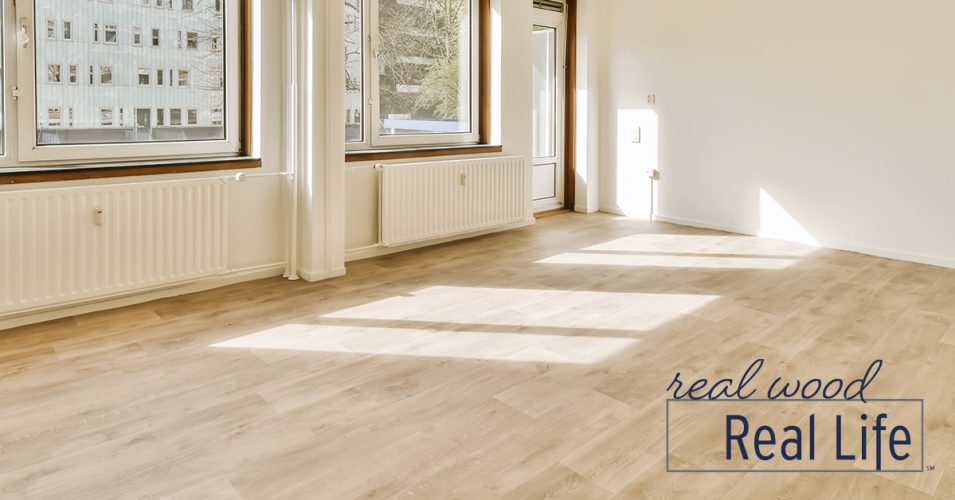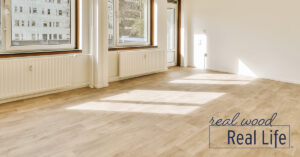If you suffer from seasonal allergies, you may wonder when you’ll find relief. People with spring, fall, or even winter allergies might catch a break during their off seasons, but for those who experience allergy symptoms year-round, it’s a constant battle.
But what if we told you that the type of flooring you choose for your home could have an impact? Wood floors may just be the cure for not only your dated décor, but your allergies as well. Wood directly impacts indoor air quality. In fact, wood floors can significantly improve indoor air quality when compared to other flooring options.
The number of people affected by allergies each year is staggering. According to the Asthma and Allergy Foundation of America, researchers believe that nasal allergies affect about 50 million people in the United States alone, and that number is increasing every year. Allergies affect as much as 30 percent of the adult population in the U.S. and about 40 percent of children. Allergic disease, including asthma, is the fifth leading chronic disease in the U.S. for people of all ages. In children under the age of 18, it is the third most common.
Allergens can exist anywhere. Some are more common outdoors, like pollen and mold spores, while others are more common indoors, like dust mites and animal dander. All allergen sources, however, can be present anywhere at any time. And because the cost of air-borne allergy-related illnesses can be staggering – up to $17.5 billion in health care costs and more than 6 million work and school days lost each year – it is in everyone’s best interest to prevent and minimize allergy triggers whenever possible.
While outdoor allergens can be hard to control, there are ways to minimize the impact of allergens that occur indoors. All of the triggers for most air-borne allergens can accumulate indoors. They can gather on clothing, in your hair, on furniture, on window coverings, on bedding, on walls, and on flooring.
Frequent dusting, vacuuming, and washing will minimize many indoor allergies, but these activities also can stir them up. One way to prevent allergens altogether is to eliminate many of the areas where they can accumulate. Flooring is one area of the indoor environment where a number of indoor allergens can be controlled. Certain types of flooring, such as carpet, are simply better gathering places for allergens. Small microorganisms, pollen, dust, dust mites, mold, animal dander, and other substances tend to accumulate in carpet fibers. Other flooring types, such as wood, tend to minimize the accumulation of allergens because there are no fibers to trap these substances. Taking steps to minimize these kinds of allergens can result in improved indoor air quality.
A study conducted by Harris Interactive reports that most U.S. homeowners believe that their family’s health is directly related to the cleanliness of their floors. And the majority believe that wood floors are most effective in improving indoor air quality.
The U.S. Environmental Protection Agency (EPA) agrees. They report that wood floors are hypoallergenic, which is a huge advantage for allergy sufferers. Wood floors do not harbor microorganisms or pesticides tracked in from outdoors as other flooring options can. They also minimize the accumulation of dust, mold, and animal dander, which improves overall indoor air quality.
The benefits of hardwood flooring are remarkable when you think about it. What other flooring option never goes out of style, matches every décor, is so easy to maintain, and can help snooze your achoos?

